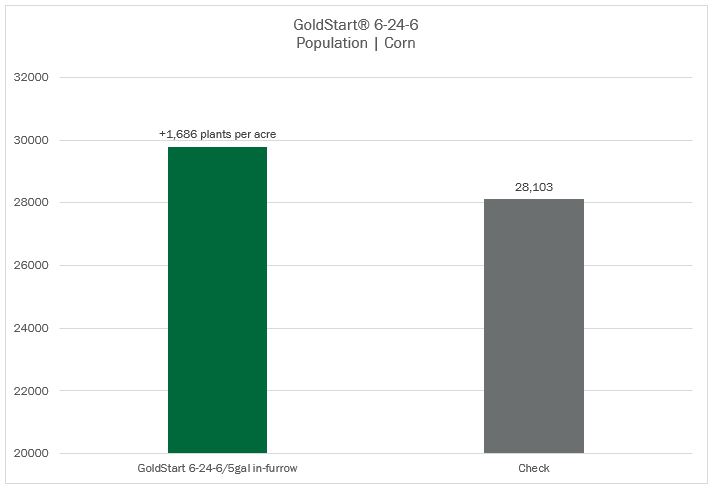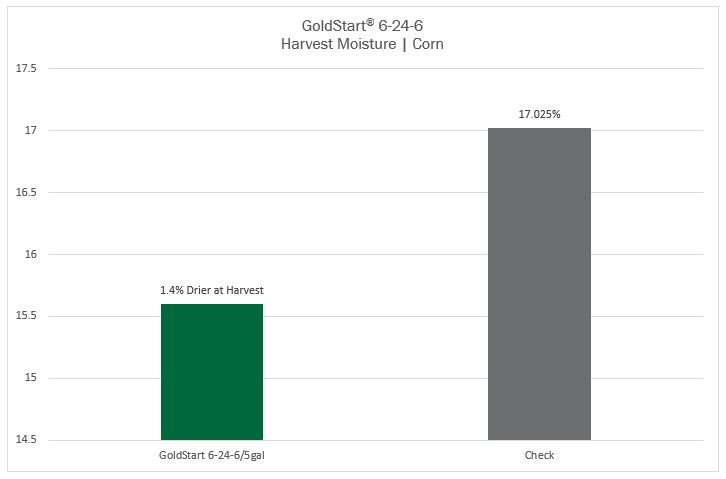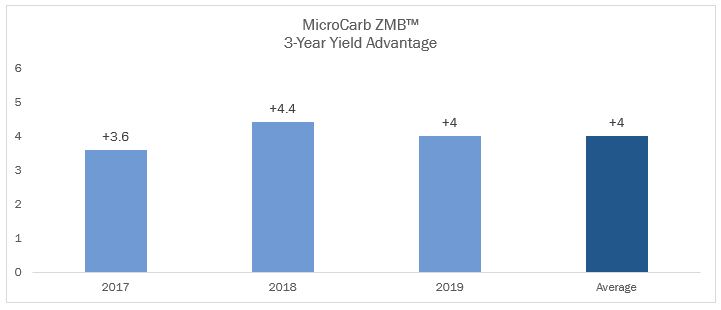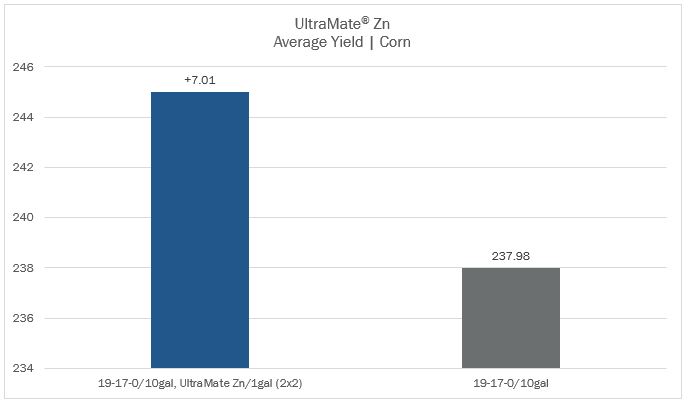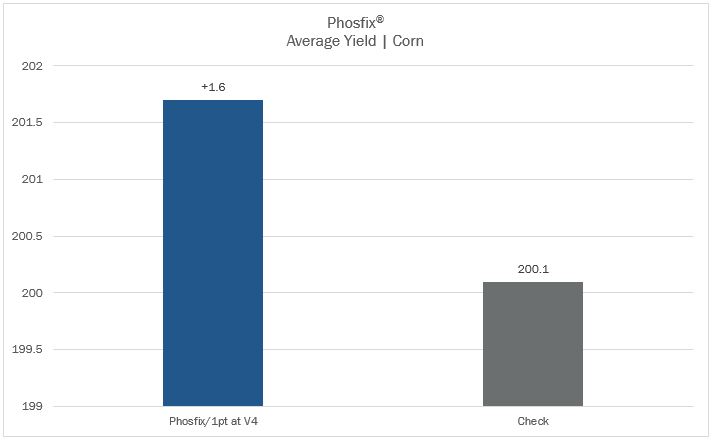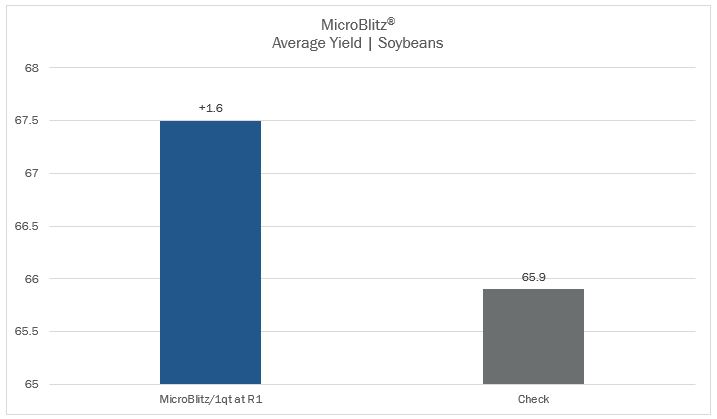Agronomy Update February 2020
Posted by Jessica Link, Product Specialist on February 10, 2020

MANAGEMENT
By Jessica Link, Product Specialist
Every year, our products are tested through third-party research trials. Our research partners are strategically selected to provide reliable and trusted data in the industry. To determine our trials for the year, we compare our product portfolio to crop needs and customer challenges that arose in the field the past year. We then develop protocols and select products to test in order to meet crop needs and overcome challenges. We use the resulting trial data to provide recommendations and best practices to our customers and growers. The following are some of the highlights of our 2019 research results, featuring GoldStart® 6-24-6, MicroCarb®: , UltraMate® Zn, Phosfix®, and MicroBlitz®.
There are three main goals when using a low-salt starter fertilizer: quicker emergence, faster pollination and drier crops at harvest. Even during a weather challenging year like 2019, the use of a starter fertilizer proved valuable in terms of these three main goals. In a trial conducted in Nebraska, GoldStart 6-24-6 was applied in-furrow on corn at a rate of 5gal/ac. While taking stand counts early in the season, researchers noted the treatment had an average of 1,686 more plants per acre compared to the check. At harvest, the treatment of GoldStart 6-24-6 yielded an 11.41bu/ac advantage over the check and was 1.4% drier.
MicroCarb is one of the most researched products in our product portfolio, and the result was a positive yield benefit in 88% of the trials. This year is the third year MicroCarb was tested with the Beck’s PFR trials, resulting in an average of 4bu/ac increase when applied at a rate of 1qt/ac in-furrow with corn starter. The positive yield increase for three consecutive years earned MicroCarb the “PFR Proven” endorsement.
UltraMate Zn is a premix of humic acid, fulvic acid, and Nulex® 15% Zinc. Humic acid is effective at protecting the nitrogen in the starter fertilizer from leaving the root zone. The fulvic acid component helps efficiently move nutrients up and into the plant. Zinc is responsible for leaf sizing and nitrogen efficacy in the plant. In our trial conducted in Nebraska, UltraMate Zn was applied at a rate of 1gal/ac in a 2x2 placement in addition to 10gal/ac of 19-17-0. This application resulted in an average of 843 more plants per acre. At harvest, the treatment yielded 7.01bu/ac more than 19-17-0 alone.
Phosfix is a dynamic product that helps relieve plant stress during critical periods of the growing season. During the V5 growth stage, corn is determining the number of kernels around the ear, making this an essential time to minimize stress to maximize yield. In the 2019 Beck’s Practical Farm Research (PFR) trials, Phosfix was applied at a rate of 1pt/ac at the V4 growth stage. This treatment yielded a 1.6bu/ac yield advantage compared to the check. Phosfix has earned the title of “PFR Proven” by providing a positive ROI in the Beck’s PFR trials for three consecutive years.
MicroBlitz is a micronutrient formulation containing fulvic acid. The fulvic acid component of MicroBlitz ensures maximum delivery of applied nutrients. In the 2019 Beck’s PFR trials, MicroBlitz was applied at the R1 growth stage in soybeans at the recommended rate of 1qt/ac. The treatment yielded a 1.6bu/ac advantage over the check. 2019 was the third year MicroBlitz was tested in the Beck’s PFR trials, and in all three years it yielded a positive yield advantage and ROI, earning MicroBlitz the PFR Proven endorsement.
Even in a year like 2019, where farmers faced unprecedented weather challenges, our trials provided valuable insight.
FOR MORE INFORMATION:
Please complete the form, and we’ll get you in touch with your Territory Manager from The Andersons.
©2020 The Andersons, Inc. All rights reserved. Goldstart, UltraMate, Phosfix, MicroBlitz, and MicoCarb are registered trademarks of The Andersons, Inc.


